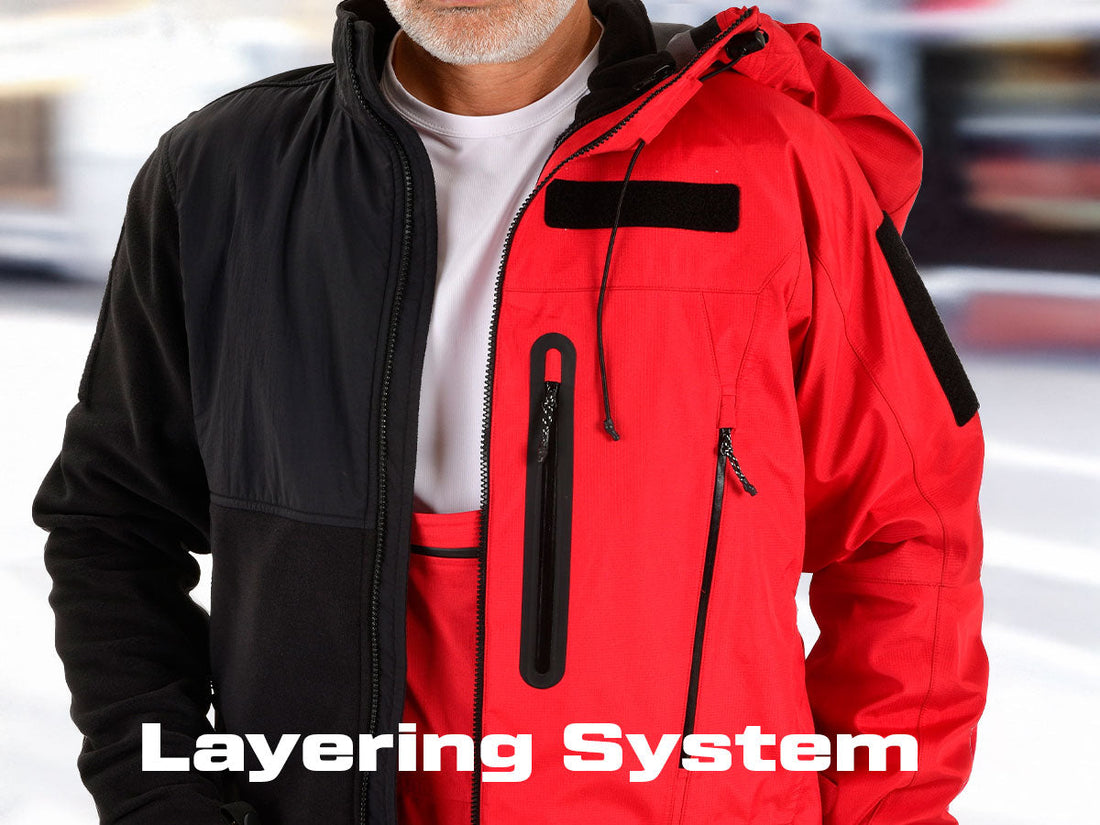
Layering System in Outdoor Clothing
The layering system in clothing is a practical approach to dressing, especially for outdoor activities, to adapt to changing weather, activity levels, and personal comfort. It involves wearing multiple layers, each serving a specific purpose.
1. Base Layer (Moisture-Wicking Layer)
- Purpose: Wicks sweat away from the skin to keep you dry and comfortable.
- Material: Synthetic fabrics (e.g., polyester, nylon) or natural fibers (e.g., merino wool, silk).
- Characteristics: Lightweight, breathable, and quick-drying.
2. Middle Layer (Insulating Layer)
- Purpose: Retains body heat and provides warmth by trapping air.
- Material: Fleece, down, synthetic insulation, or wool.
- Characteristics: Breathable and varies in thickness depending on the weather.
3. Outer Layer (Shell Layer)
- Purpose: Protects against wind, rain, snow, and other environmental elements.
- Material: Waterproof and breathable fabrics (e.g., Gore-Tex, eVent).
- Characteristics: Weather-resistant, durable, and often includes ventilation options for temperature regulation.
Benefits of the Layering System
- Versatility: Easily add or remove layers depending on the conditions.
- Moisture Management: Keeps skin dry and prevents discomfort.
- Temperature Control: Adjusts to varying temperatures and activity levels.
- Protection: Shields against extreme weather conditions.
This system is widely used in hiking, mountaineering, skiing, and other outdoor pursuits to ensure comfort and safety.
